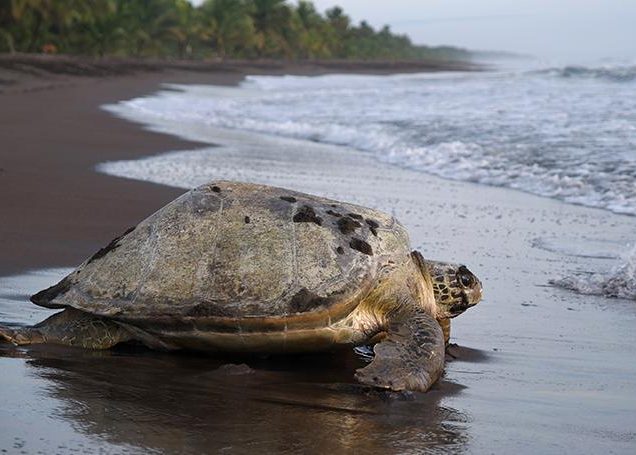

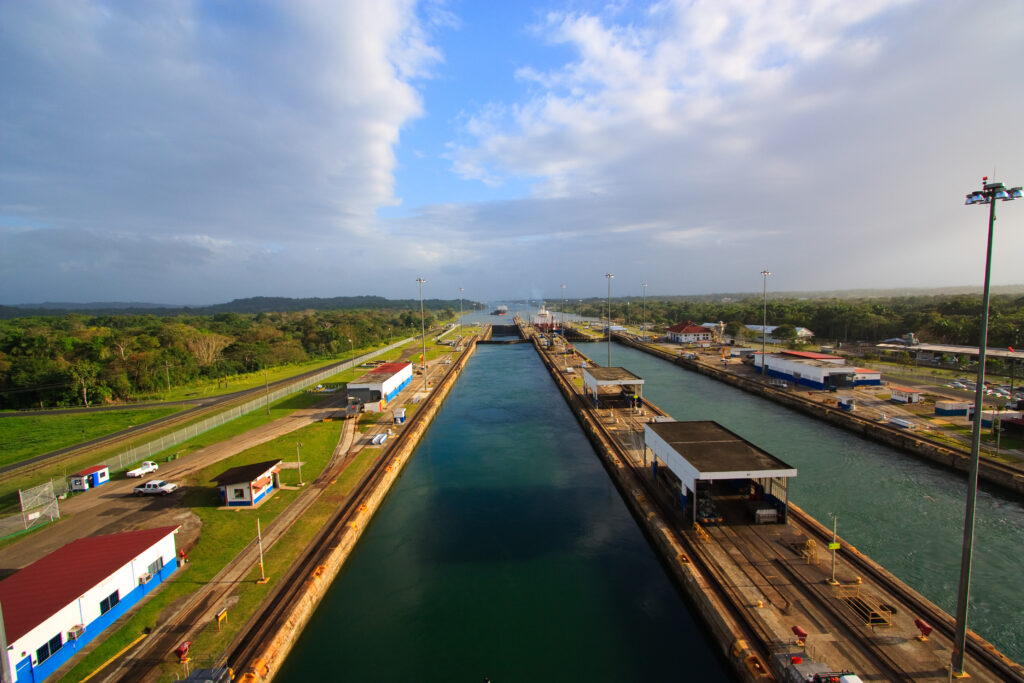
Many people are familiar with Panama due to its strategic geopolitical location and its world-renowned Canal.
But there is so much more to Panama, though so much of its history, nature and beauty is linked to water.
Panama fronts both the Caribbean Sea and the North Pacific Ocean. Beautiful Costa Rica sits to the north, with wonderful Colombia, South America, to the south. What’s not to love?
Did you know that, according to one legend, Panama means ‘place of many fish’?
Panama boasts an array of amazing natural and developed landscapes.
The tranquil Bocas del Toro Islands, for example, offer visitors a diverse range of attractions and natural environments, including lush rainforests teeming with an abundance of flora and fauna. These sunny islands have beaches that compete with the Caribbean’s best.
Boquete, in contrast, boasts a cool climate, a welcome contrast to the coastal regions.
Known for its sweet oranges and the richest coffees in all of Panama, the coffee beans are primarily picked by the Guaymi Indians during the festive months of October through February. For those hungry for activities on a Panama adventure tour, there are world-class rafting facilities, mountain biking, rock climbing and rappelling at nearby Los Ladrillos in Bajo Mono.
Conversely, modern Panama City serves as the gateway to South America and is home to the infamous Panama Canal, which is well worth a visit. You could even hop on board one of the regular canal transits.
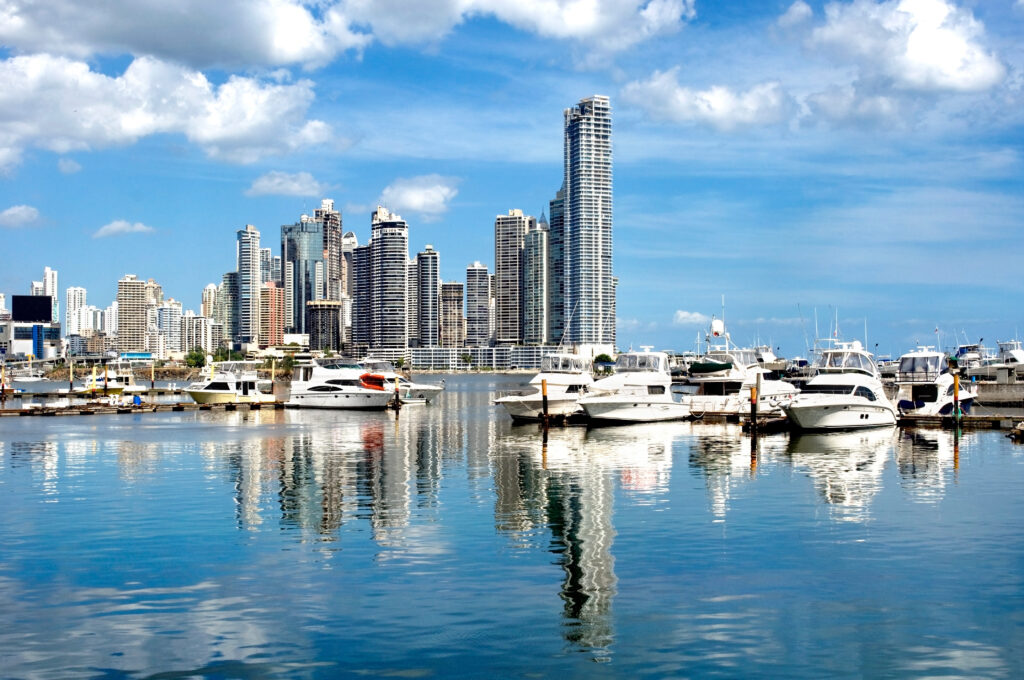
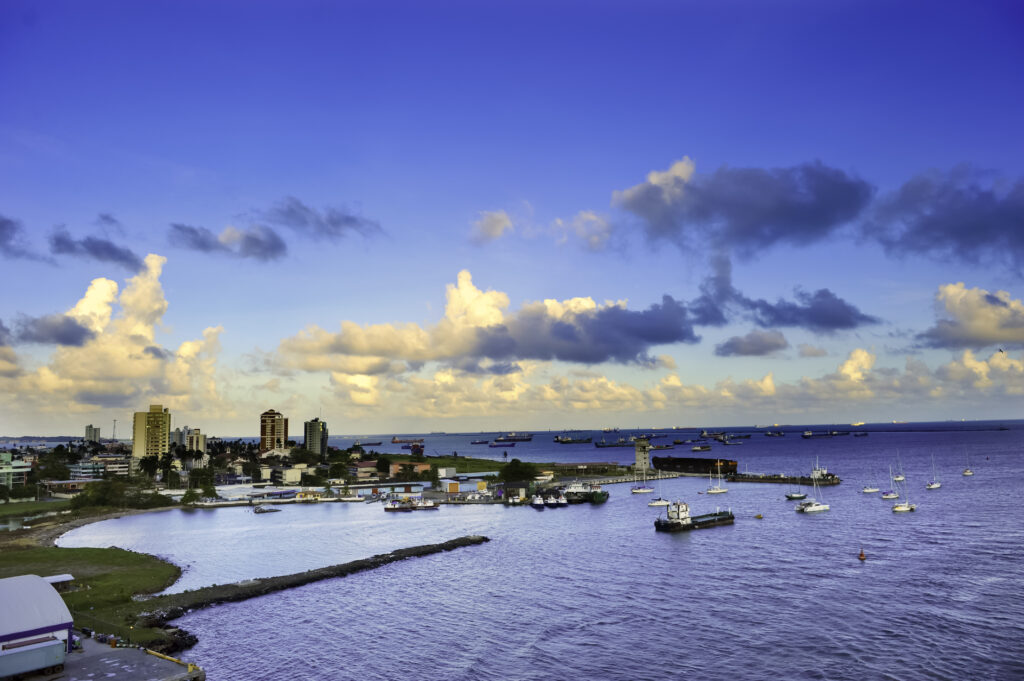
Panama is known as the crossroads of the world, with its spectacular canal linking the Caribbean Sea with the North Pacific Ocean. Due to its position, it has always been a major shipping point to and from South and Central America.
Panama was explored by Columbus and settled by the Spanish in the 16th Century. After declaring independence in 1821, Panama became a region of Gran Colombia. Panama then became a protectorate of the United States due to the United States’ strategic interest in constructing an Atlantic-Pacific link. The link later became known as the Panama Canal.
Construction was completed in August 1914, and Panama remained under effective American control until 1939. Panama regained control of the Canal Zone on January 1, 1999.
Panama is an isthmus (a strip of land with sea on either side, forming a link between two larger areas). This unique country comprises coastal lowlands, archipelagos and mountains. The Cordillera Central (central mountain range) runs almost the entire length of the country. A nearly impenetrable jungle forms the Darien Gap, separating Panama from Colombia.
Panama has two seasons. The dry season runs from mid-December to mid-April, and the rainy season runs from mid-April to mid-December. North of the mountains, on the Caribbean side of Panama, it rains all year round. It tends to rain less in February, March, September and October.
Temperatures are typically hot in the lowlands throughout the year, with days usually reaching around 32°c. The hottest months are March and April.
Visit www.worldclimate.com to get an idea of what the weather will be like on your tour.
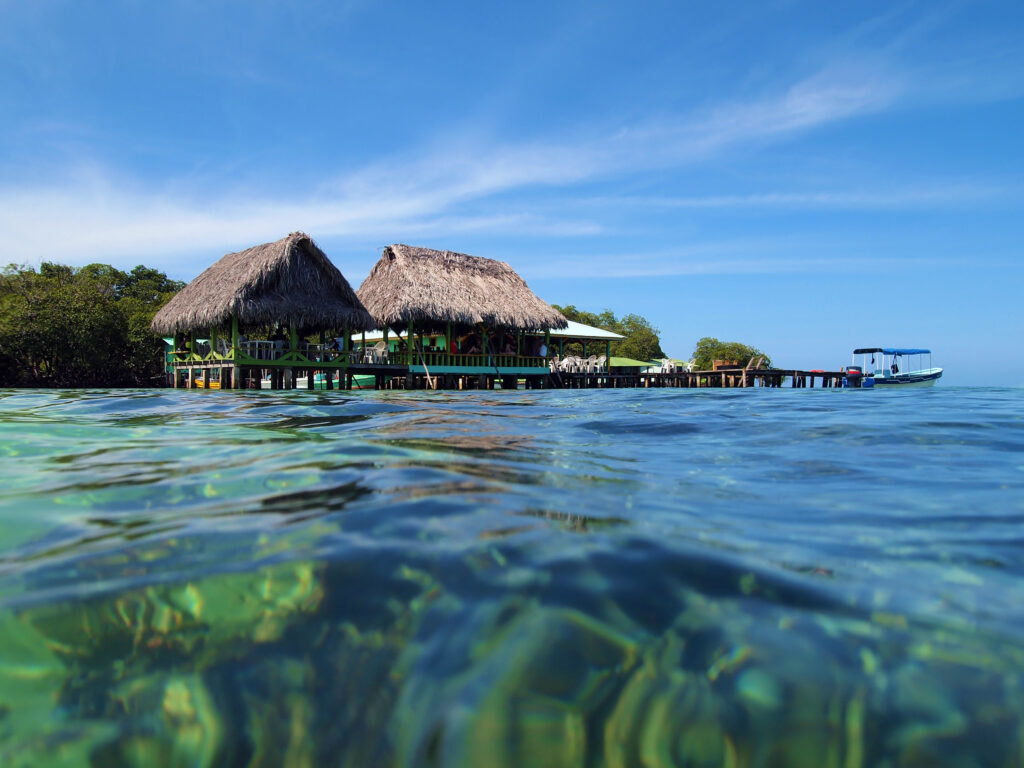
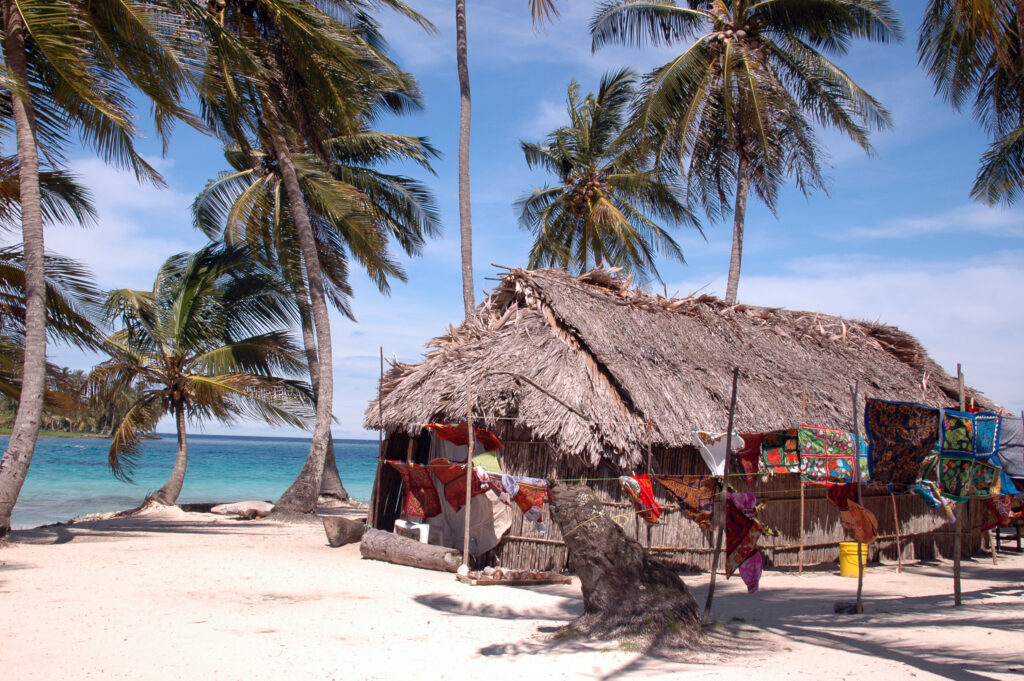
A visa is not required for many nationalities; however, we recommend you check your specific requirements. You will, however, need to have at least three months remaining on your passport before it expires (valid from the date of your departure). Check out our guide to checks before you travel.
You may also need an onward flight ticket or evidence of one, as well as proof that you have sufficient funds to support yourself (a minimum of USD 500).
Like anywhere in the world, you can be in the wrong place at the wrong time. Care should always be taken, especially while walking around the larger cities. Try to avoid dark, quiet areas if you’re alone, particularly late at night.
We recommend that, whenever possible, you store all your essential documents in a safe or secure location. However, it is recommended that you always carry some form of identification or a photocopy of your passport.
The local currency is the Panamanian balboa, which is aligned to the US dollar.
US-dollar notes and coins are legal tender, and many prices are quoted in US dollars.. For up-to-date exchange rates with your own currency visit www.xe.com.
Some stores may be reluctant to accept $50 and $100 bills due to concerns about counterfeiting, so it is recommended to bring smaller denominations. It is also recommended to retain smaller denominations for border crossings and other purposes. There is no restriction on the amount of foreign currency that you may bring into Panama; however, substantial sums should be declared on arrival.
Often, the easiest way to obtain local currency is to use an ATM.
In some restaurants, a 10% service charge is included on the bill, and if it is not included, it is expected, as gratuities are a large part of their wages. If you would like to tip extra on top of this, it is optional.
Panama offers a wide variety of food options, and travellers are often surprised by the high quality and diversity on offer.
Like many countries across Central and Southern America, Panama is one of the world’s top coffee producers. As such, it exports its high-quality beans to markets worldwide. Coffee is traditionally served strong and mixed with hot milk; however, now there are options available in most tourist locations, such as cappuccinos, lattes, and even mochas.
If you ask for tea (“té negro”) you will get teabags. Always ask for “leche fria a parte” (cold milk on the side) as the alternative is likely to be a hot cup of milk with a tea bag inside.
We also love Ropa Vieja, often served with fried plantains.
This tasty and filling dish is served across Central America.
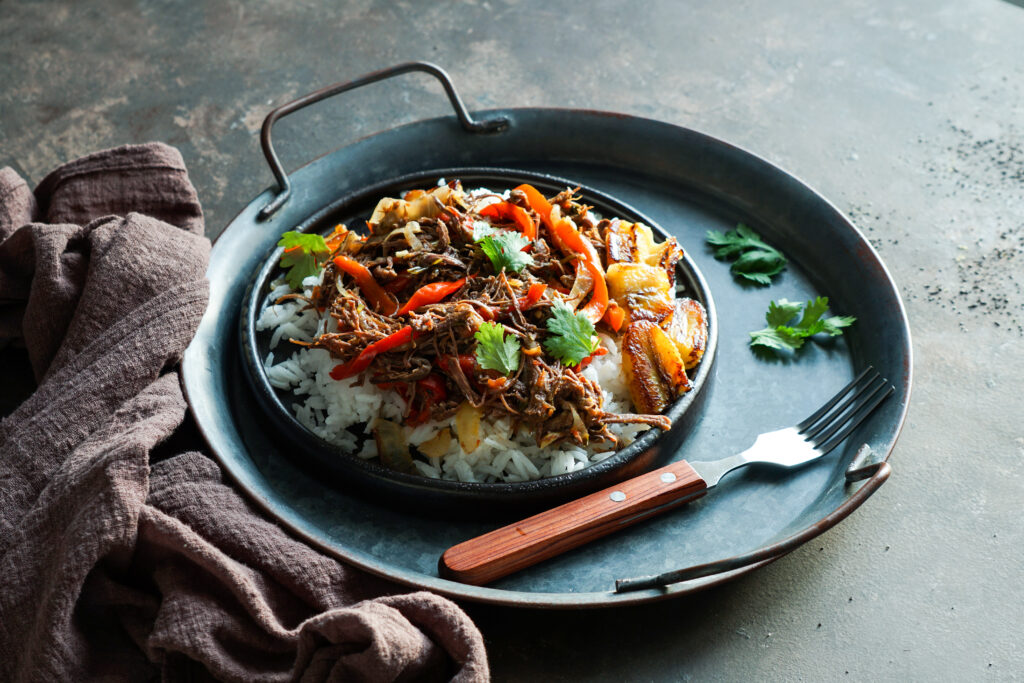
Time difference: The time difference in Panama is GMT/UTC – 5. For other time differences please visit www.timeanddate.com
Voltage: 110 volts, US-style two flat-pinned sockets.
Sunrise at Tikal Join our intrepid Tucan Traveller as they witness the sunrise at Tikal, Guatemala Jess, one of our…
As I pulled myself up the steep hill to the next view point, still shrouded in cloud, I wondered really…
It’s been three months since the heat of Mexico prickled under my skin. There are still moments in days where…
We are passionate adventure travelers who want to share the world and our travel experiences with everyone…
This website uses cookies so that we can provide you with the best user experience possible. Cookie information is stored in your browser and performs functions such as recognising you when you return to our website and helping our team to understand which sections of the website you find most interesting and useful.
Strictly Necessary Cookie should be enabled at all times so that we can save your preferences for cookie settings.
If you disable this cookie, we will not be able to save your preferences. This means that every time you visit this website you will need to enable or disable cookies again.
